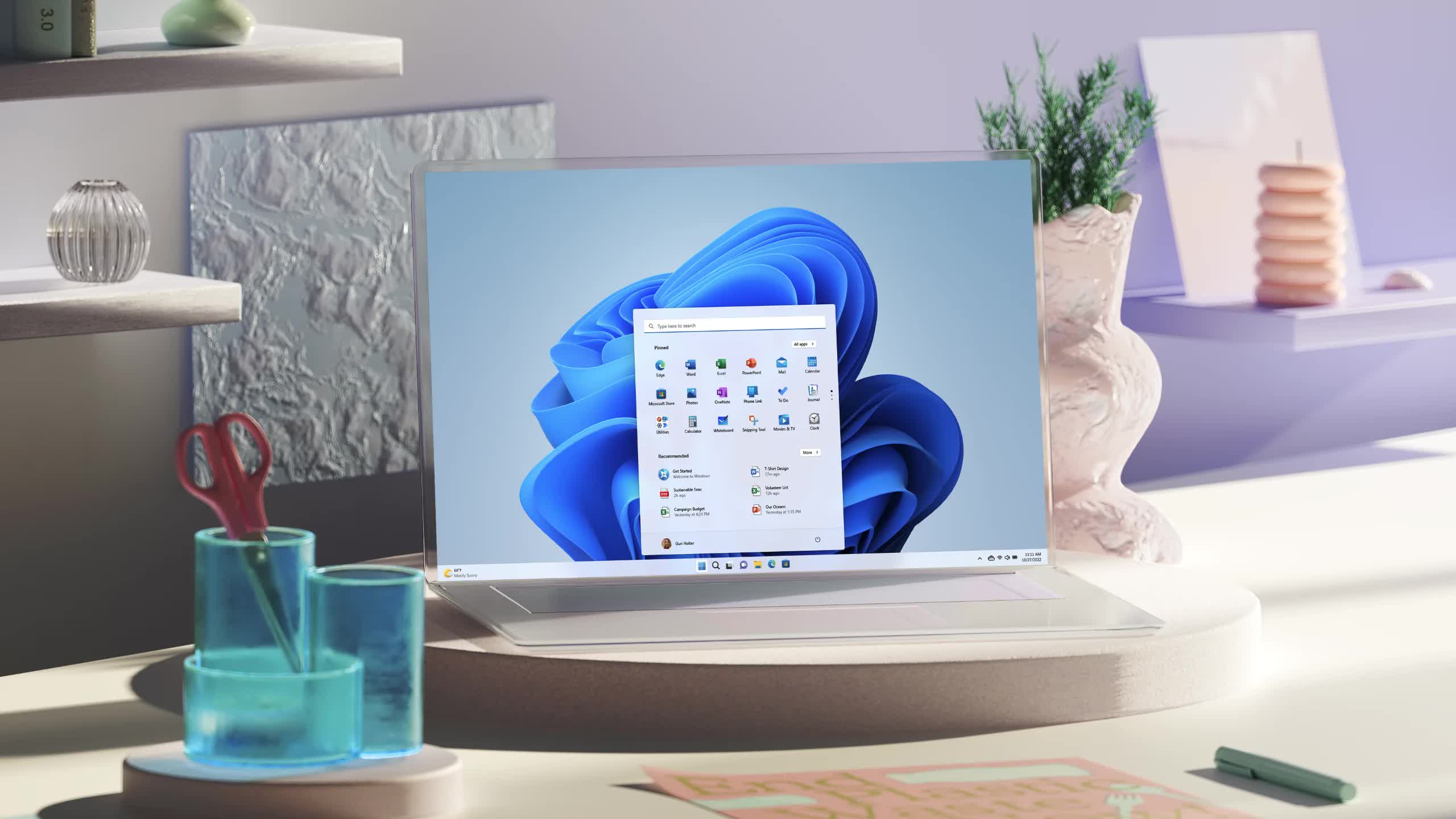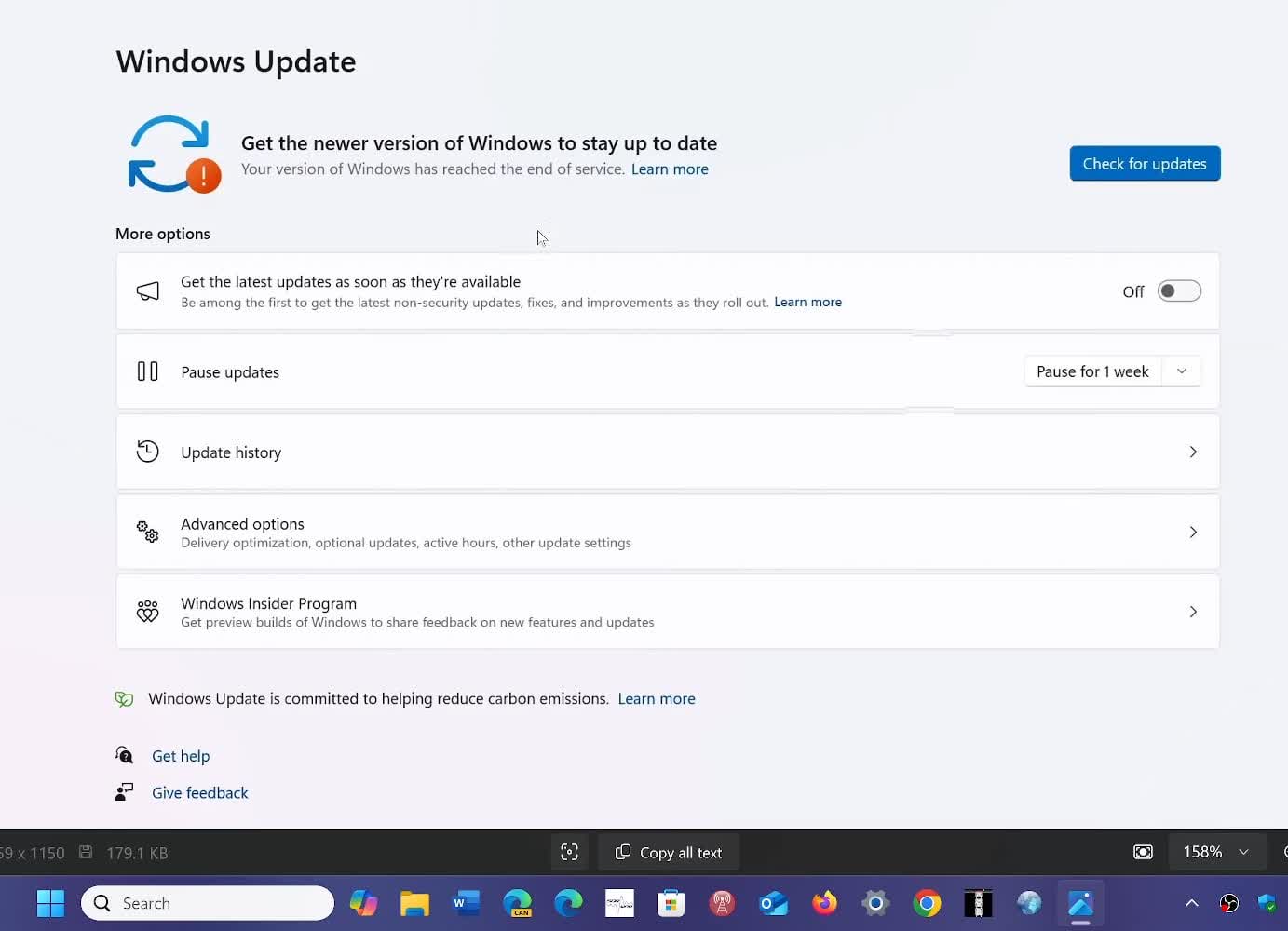Facepalm: A recent mandatory security update for Windows 11 23H2, known as KB5046633, has triggered an unexpected notification for many users. The update left users scratching their heads after an end-of-support message started showing up.
Users who installed the update reported a peculiar notification from the Windows Update service. The message erroneously warns that Windows 11 23H2 is approaching its end of support and prompts users to download a newer version of Windows to stay current.
This message understandably caused confusion, as Windows 11 23H2 is officially supported until November 11, 2025, with a full year of security and feature updates still expected.
In response to this, a Microsoft support representative confirmed to Windows Latest that the message is indeed a bug. "This is just a reporting bug on our side," the representative explained. Microsoft stated it is actively investigating the issue and plans to resolve it through a server-side update, likely to be deployed within a week.
Further adding to the confusion, the erroneous message includes an option for users to check for updates – even though the KB5046633 update is already the most recent version available.
For those encountering this misleading alert, experts recommend a simple workaround: logging out and restarting the system. This action might clear the incorrect notification. Alternatively, users can wait for Microsoft's server-side fix, which should address the issue automatically.
It's worth noting that a legitimate end-of-support message was issued earlier this year, targeting users of Windows 11 22H2. Those still running this older version are strongly encouraged to upgrade, as they will no longer receive security or feature updates.
Microsoft has a notoriously poor track record with Windows updates. In this particular instance, no significant harm has been done, but it seems that every other month we hear about problematic updates introducing new bugs or crashes for users. As a result, it's generally advisable to take a more conservative approach to OS updates rather than immediately installing the latest ones.
Just last week, there was a notable snafu affecting Windows Server users. A routine security update unexpectedly triggered a full operating system upgrade. What was supposed to be a standard patch ended up installing Windows Server 2025 on countless machines still running the 2022 edition.

